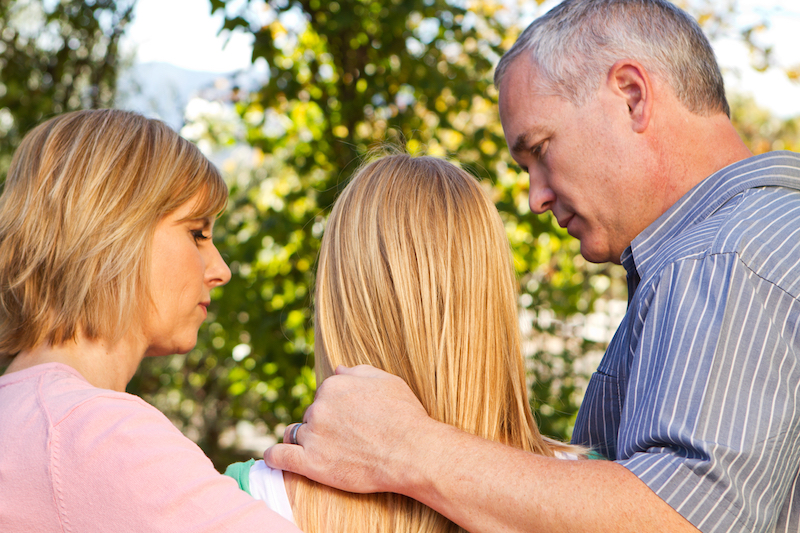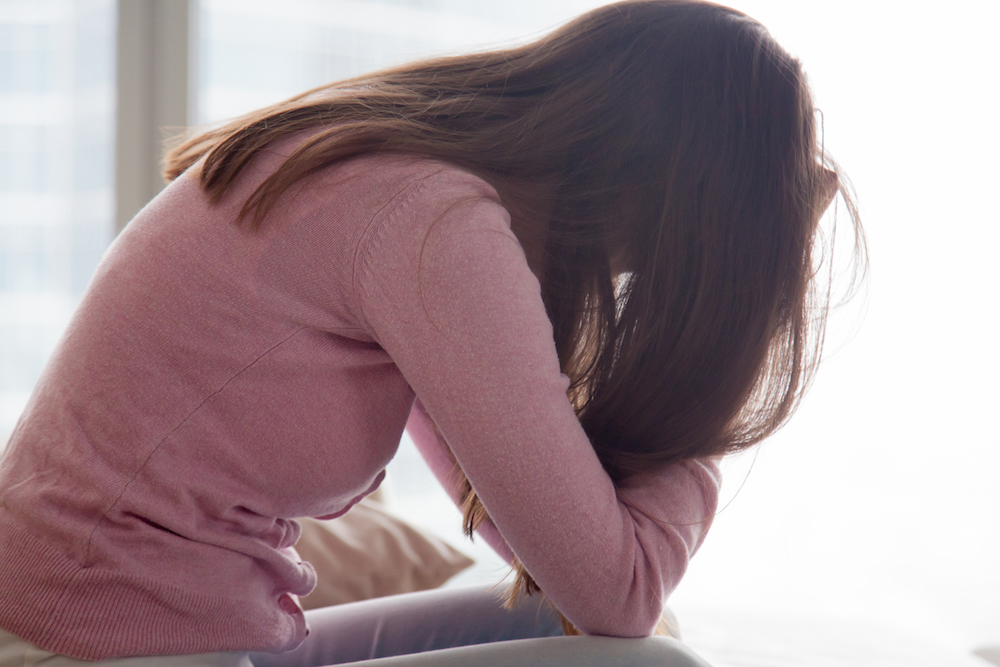What Is Seasonal Affective Disorder, and What Can I Do?

With the arrival of winter comes the arrival of shorter days, less sunlight, and cold temperatures. It’s easy to understand why some would feel a bit more dour than usual, but others can grow a bit more discontent, depressed, and lethargic than others. This subtype of depression is referred to as Seasonal Affective Disorder (SAD).
What is Seasonal Affective Disorder?
Everyone, even those without a history of mental illness or mental health disorders, tends to feel a bit down during the winter. For that reason, feeling more out of sorts than usual, or having the feeling that something is wrong, should not be ignored. SAD is a type of major depression with seasonal occurrences. Some of the most common SAD symptoms include:
- Feeling physically, mentally, and emotionally drained
- Low energy
- Feelings of depression most of the day, almost every day
- Extreme shifts in eating habits or weight
- Lack of joy and satisfaction
- Inability to sleep
- Trouble focusing
- Irritability
- Loss of self-worth
- Experiencing constant thoughts of suicide or death
When to Seek Treatment
An article from Prevention.com states that about 5% of individuals with this disorder have a form that is severe enough to impact their daily life. While it’s perfectly natural and understandable to want to deal with these symptoms on your own, it’s often best to seek professional help if symptoms persist or worsen. Don’t downplay your symptoms, especially if you are experiencing suicidal thoughts.
Mental health professionals are familiar with such symptoms and can help patients decide on appropriate treatment. Medication and/or psychotherapy are two common treatments for SAD, but they will likely also recommend lifestyle changes.
More Than the Winter Season
Something else worth pointing out is the fact that the disorder doesn’t always stop when the days are longer or the weather warms up. While the disorder can lead to overeating and sleeping in the winter, it can also show itself in the form of losing weight and being unable to sleep during the summer and spring. Winter anxiety triggered by seasonal affective disorder can also linger into the spring and summertime.
While most people with SAD experience symptoms in the winter, the disorder can occur during any season or weather change.
Causes of Seasonal Affective Disorder
While the exact causes of the disorder have yet to be pinned down, there are theories. For instance, melatonin levels, which regulate sleep and mood, can be unbalanced during the winter. The same is true of the body’s serotonin levels, which also influence mood. The lack of sunlight commonly throws off the body’s internal clock, making you feel as if it’s later or earlier in the day than it actually is.
Something else worth noting is the fact that some are at a greater risk of seasonal affective disorder than others. Those who already have a mental health disorder, such as bipolar disorder, might experience mild affective disorder symptoms. Depression can also be hereditary.
Now that you have a better idea of seasonal affective disorder symptoms, risk factors, and potential causes, you’re that much better equipped to respond to any symptoms you might experience. If you find that SAD is affecting your ability to live your daily life, or it’s occurred regularly over the last two years, then you may need to seek treatment.







